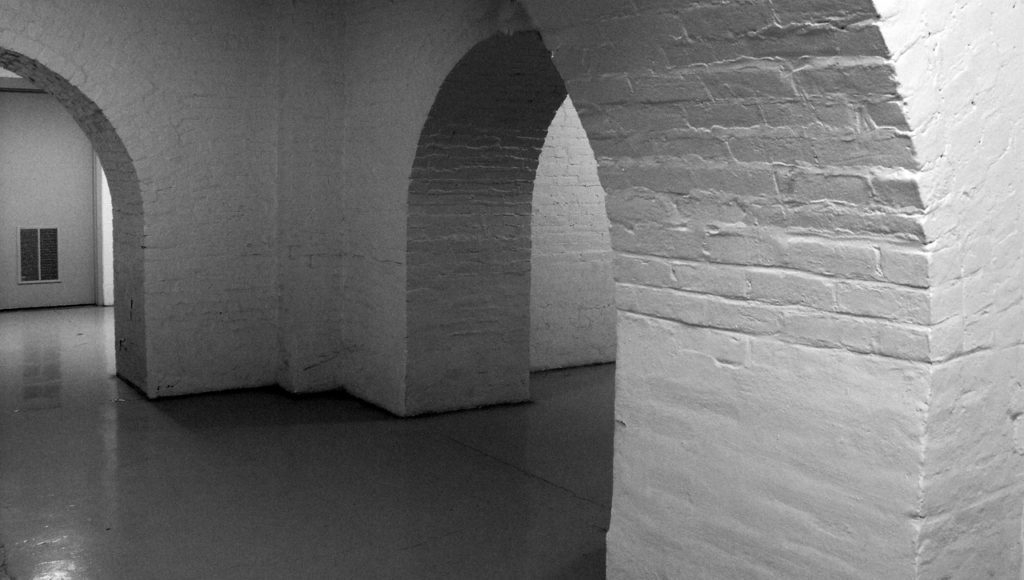Pretend, for a moment, that it’s spring (yes, it will come). Although snow is still deep, temperatures are rising.
What happens?
The snow will melt, sometimes rapidly, creating lots and lots of flowing water. Add a spring rainstorm to the scenario and you may be facing a serious problem.
Where will all this water go? Since the earth is still frozen, it won’t go down. It will follow the path of least resistance, according to Waters Basement Services in Buffalo, NY.
That path typically leads to the home’s foundation and, eventually, to the basement.
Rainwater isn’t the only type of moisture that seeps into basements, however, something as simple as condensation can build into puddles.
Just as condensation forms when cold outside temperatures meet warm window glass, so can that same warm air hitting cold pipes or a concrete foundation create condensation.
Think you’re safe because your home is relatively new?
Think again. The American Society of Home Inspectors (ASHI) claims that most new homes experience basement leaks within 10 to 15 years of being built.
Worse, excess moisture leads to the development of mold. ASHI experts claim that 60 percent of homes in the U.S. have moisture in the basement and nearly 40 percent of these basements will develop mold.
More than 60 percent of basements in existing homes have basement moisture.
The key to fixing the problem is to figure out where the moisture is coming from.

Searching for the source
First, you’ll need to determine if the moisture is seeping into the basement from the outside or if it’s a result of condensation.
Thankfully, this is easy. When you find moisture on a wall, tape a piece of foil to the location. Leave it on the wall for 24 hours and then check the foil for signs of dampness.
If it’s wet on the outside, then the source of moisture is coming from inside the basement (condensation, most likely). If the underside is wet, suspect moisture intrusion from outside the home, according to John D. Wagner at ThisOldHouse.com.
Now you’ll need to pinpoint exactly where the moisture is coming from. Wagner suggests that the most likely areas are where the floor joins the walls. Then, check the ceiling for signs of water intrusion (flaking paint, discoloration, etc.).
Other areas to check for leaks include:
- Beneath buckled floorboards or lifted tiles
- Rotten wood
- Near rusty metal surfaces, such as nails and screws
- Powdery-looking deposits on concrete, stone, and stucco surfaces
Where exactly is the water coming from?
When attempting to locate the source of a leak, it is important to keep in mind that water abides by two rules: 1) It is dragged down by gravity and always runs toward the earth, and 2) Water pursues the path that offers the least amount of resistance. If you keep these two principles in mind, you will be able to “think” like water, which will make it much easier for you to pinpoint the entry site.
Examine the masonry on the walls of your basement in great detail. Look for places that have a particularly high moisture content. If you see a pattern of moisture that looks like an upside-down V starting at the ceiling, there is a good possibility that the culprit is the landscaping outside your home. If the wetness gets significantly worse after a big rain, this is another indication that you need to address your landscaping issues.
Fixing the Problem
The fix for your wet basement depends on the cause. If its condensation, airing out the basement may be the cure.
If the source of the moisture is coming from outside the home, the solution may range from filling foundation and wall cracks with epoxy to more expensive tasks, such as:
- Re-grading the yard to direct water away from the home
- Installing drains
- Installing a sump pump
- Replacing downspouts and gutters
Kevin Brasler of Washington Consumer’s Checkbook and HouseLogic.com offer DIY solutions to try before calling in a professional.
If that doesn’t work, don’t give up. Moisture can damage the home’s structure and cause mold. If the DIY suggestions don’t cure the problem, call in a pro.

